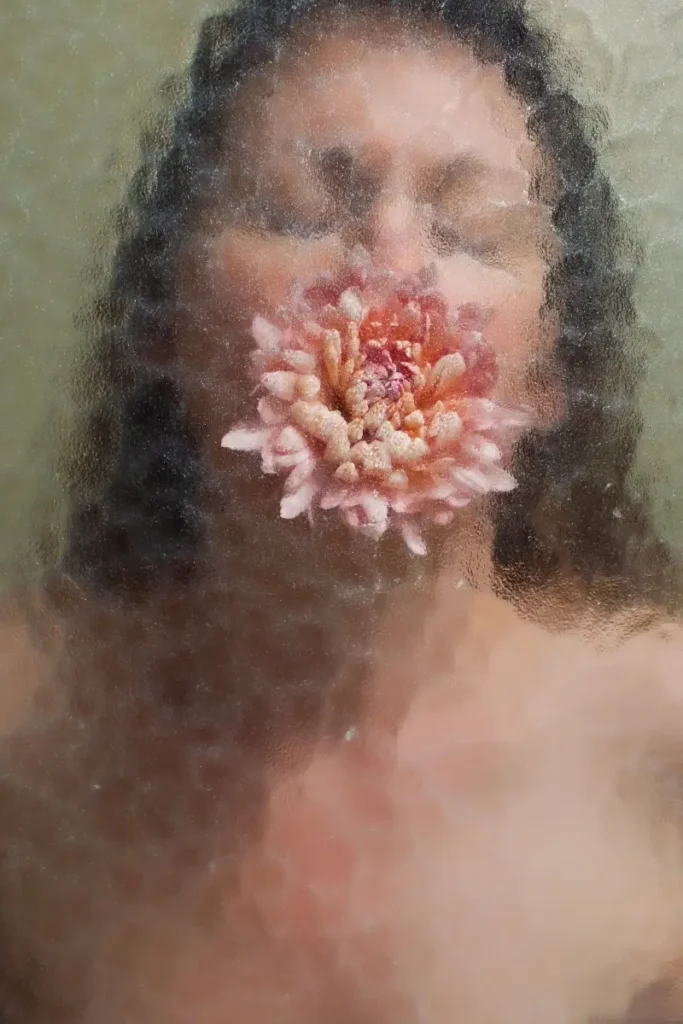What the Mother Wound Test Reveals (and How Healing It Opens the Door to Joy)
If you’ve ever found yourself wondering why you carry the weight of guilt, overgiving, or the endless need to be “good enough,” you’re not alone. Many women discover through a mother wound test that these patterns trace back to early emotional conditioning — not a lack of love, but a lack of safety in being fully themselves.
And while taking a test might seem overly clinical, what it really offers is clarity — a way to understand what’s been quietly shaping your joy, your relationships, and even your self-worth.
Let’s jump in and explore what the mother wound test can reveal, how to recognize the signs, and most importantly—how healing it can guide you back to the joy you are rightfully entitled to! 😉
What Is the Mother Wound?
The mother wound isn’t about blaming your mother. It’s about understanding how generational patterns of silence, shame, and emotional suppression are passed down — especially to women.
My own mother meant well — I promise she did. She was brave, resilient, a fighter, a survivor. She loved me deeply and wanted the absolute best for me — more than she ever wanted for herself. But like so many women of her generation, she carried her own life experiences, hurts, and disappointments. Those unhealed pieces naturally shaped how she showed love, how she protected, and how she parented.
The truth is, most mothers did the best they could with the emotional tools they had. But when pain goes unprocessed, it often gets passed down — not through intention, but through example. That’s why this conversation matters.
Healing the mother wound isn’t about pointing fingers. It’s about breaking the cycle — recognizing what we’ve inherited so we can release what doesn’t belong to us, keep the love, and create more space for joy.
Mother Wound Signs
For many, it shows up as the quiet ache of never feeling like enough, the guilt of rest, or the reflex to please others before yourself. These are more than quirks — they’re mother wound symptoms that can keep you living small instead of fully expressed.
When left unhealed, the mother wound signs often include:
- A deep fear of disapproval or abandonment
- People-pleasing that feels impossible to turn off
- Difficulty setting boundaries without guilt
- Feeling emotionally responsible for others’ happiness
- Trouble trusting your intuition
I believe recognizing these patterns is the first act of healing — and the beginning of reconnecting with your joy.

What the Mother Wound Test Actually Measures
There’s no official diagnosis for a mother wound. Instead, a mother wound test helps you observe how these patterns show up in your daily life — emotionally, relationally, and even physically.
Most quizzes you find online explore your relationship with:
- Self-worth and self-trust
- Boundaries and emotional independence
- Guilt, shame, and perfectionism
- The way you nurture others versus yourself
You might answer questions like:
- Do I often feel guilty for saying no?
- Do I believe I need to earn rest or joy?
- Do I struggle to accept help or love without doing something in return?
These reflections can feel emotional— but they’re life giving They pull back the curtain on patterns you might have thought were just “who you are,” when in reality, they’re old protective instincts (trauma responses) learned from your earliest emotional environment.
Maybe you learned to be the “good girl” who didn’t cause trouble. Or the one who made sure everyone else was okay before yourself. Maybe you learned that strength meant never needing anyone, or that love had to be earned through performance and perfection. Maybe it matters to you what people think of you, and you second-guess your feelings or emotions a lot.
Again, the purpose of exploring a mother wound test isn’t to assign blame (or label)— it’s to name what’s been unnamed. When you can finally see these behaviors as responses to your upbringing rather than flaws in your character (or your mother’s), something powerful happens: shame starts to dissolve. And in that softening, mother wound healing can begin.
If you’d like to explore this for yourself, you can read more from Bethany Webster. She is a respected voice in this work.

How to Heal the Mother Wound
Once you reach awareness, the next step is gentle, consistent mother wound healing — not through analysis alone, but through compassion. Healing happens in everyday choices, in small moments that remind you you’re safe, seen, and worthy — exactly as you are.
Reparenting Your Inner Child
Give yourself the tenderness you needed then. This is where inner child healing becomes powerful — rewriting the emotional scripts that once kept you safe but now keep you stuck.
Simple ways to begin:
- Soften your self-talk. When you catch yourself being harsh or critical, pause and ask, “What would I say to a child who felt this way?” Then say that to yourself.
- Create a daily comfort ritual. Maybe it’s wrapping yourself in a soft blanket before bed or lighting a candle in the morning — anything that says, “I’m here for you.”
- Revisit old joys. Listen to a song, read a book, or eat a snack that made you happy as a child. Small acts of remembrance can help you reconnect to innocence and playfulness.
Setting Boundaries with Grace
Remember, boundaries aren’t walls; they’re invitations for mutual respect. They teach others how to love you — and remind you that your needs matter, too.
Simple ways to begin:
- Start small. Try saying no to something minor — a request that drains you — and notice that the world doesn’t fall apart.
- Replace guilt with truth. When guilt surfaces, remind yourself: “It’s not selfish to protect my peace.”
- Use “yes, but later.” Boundaries don’t always mean hard stops. You can say, “Yes, I’d love to — but not this week.” It keeps relationships intact without depleting you.
Feeling Instead of Fixing
Healing doesn’t require perfection — just presence. When emotions rise, your instinct might be to analyze or “fix” them, but the real growth happens when you stay with yourself in the feeling.
Simple ways to begin:
- Pause before you problem-solve. When you feel triggered, take one deep breath and ask, “What am I feeling right now?”
- Name the emotion. Saying “I feel sad” or “I feel unseen” helps your brain calm down — it’s called naming to tame.
- Offer comfort instead of correction. Try placing your hand over your heart and saying, “Of course I feel this way.” That’s emotional safety in real time.
Letting Joy Feel Safe Again
The mother wound can make joy feel undeserved or fleeting — like you have to “earn” it or it might disappear. But joy isn’t a reward; it’s a right.
Simple ways to begin:
- Schedule joy. Put one small thing on your calendar every day that makes you smile — even five minutes counts.
- Notice joy in the ordinary. A warm coffee cup, sunlight on your face, laughter with a friend. The nervous system learns safety through repetition.
- Let it last. When a happy moment comes, resist the urge to rush past it. Take one extra breath and let yourself feel it. That’s how you teach your body that joy is safe to stay.
Healing your mother wound is how you learn to mother yourself — with gentleness, patience, and joy.
Why Healing the Mother Wound Leads to Joy
Here’s the beautiful truth: when you begin mother wound healing, joy slowly stops feeling like something you have to chase — and starts feeling like something that simply belongs to you.
For so long, the mother wound teaches us to be on guard — to anticipate needs, to earn love, to perform worthiness. Healing reverses that message. You begin to experience life through a softer lens, one where love is no longer conditional and peace no longer feels like a luxury.
When you give yourself permission to feel, to rest, and to set boundaries, your nervous system finally exhale. You realize that joy isn’t found in fixing yourself — it’s found in accepting yourself.
This is where transformation quietly unfolds:
- Self-trust returns. You stop doubting your instincts and start honoring what feels right for you.
- Connection and relationships deepen. You relate to others from authenticity, not obligation.
- Lightness grows. You no longer carry the emotional weight of generations; you start living from freedom instead of fear.
If you’re ready to invite more of that kind of joy into your everyday, you’ll love my post on Creating Lasting Everyday Joy — it’s a beautiful next step in learning how to nurture joy that lasts.
Healing the mother wound doesn’t erase the past. It frees your future. It allows you to keep the love, release the pain, and create a life that feels emotionally lighter, more peaceful, and profoundly your own.
Everyday Joy Takeaway
The mother wound test is just a doorway — what’s waiting on the other side is self-trust, softness, and a more joyful relationship with yourself.
You deserve to feel safe in your joy. Start where you are. Heal a little each day. Joy will meet you there.
👉 Read this next: 15 Do-Nows to Create a Life You Love — small, powerful steps to start living with more intention and joy today.





